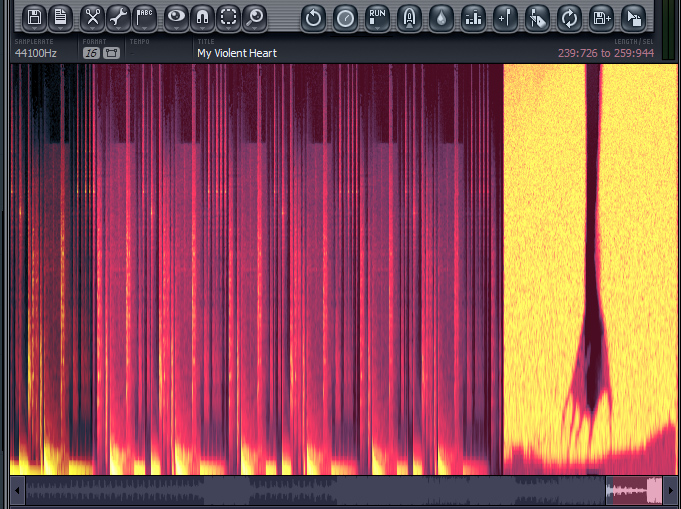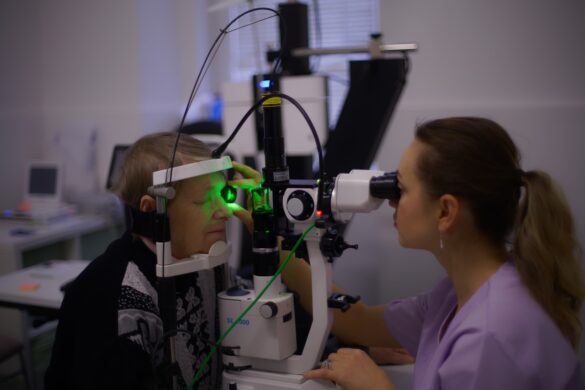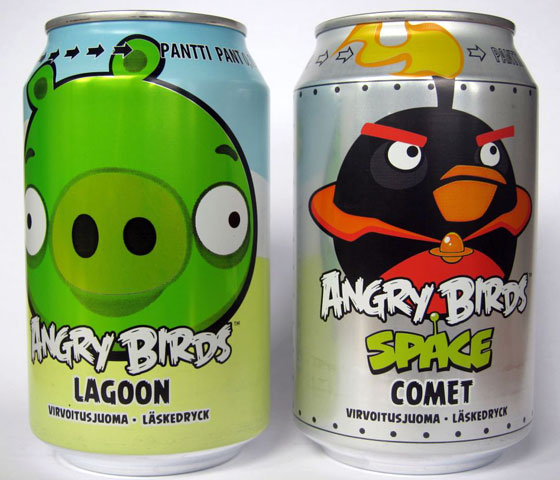 Most people often believe in the misconception that hair grows from the ends. This is one of the reasons why people are so emphatic about trimming their hair.
Most people often believe in the misconception that hair grows from the ends. This is one of the reasons why people are so emphatic about trimming their hair.
Yes, indeed, trimming hair ends regularly does help with ensuring healthy growth of hair but not because hair grows from the ends. It keeps the hair from breaking into split ends, which is unhealthy for your hair. It, however, has no direct impact on the growth of your hair.
There are several hair growth essentials needed to keep your hair follicles healthy, and trimming the ends is just one of them. In order to understand how to keep your hair healthy, you need to know more about hair itself, and how it grows.
So what then is the science behind hair growth?
Let’s discuss it below:
Hair Growth
Two distinct parts make up each strand of your hair; the first part is the follicle that lives just under your skin’s surface, and the other part is the shaft that is the hair you see growing out of the follicles.
The life of your hair begins in the hair follicle, which quite resembles a pocket erupting into a tunnel from your lower dermis to your scalp. The bulb of hair forms your follicle’s base, which is home to the living cells. The cells here feed on the blood vessels in your scalp and continue to divide and grow. The blood vessels provide it with all the oxygen and nutrients it needs.
The hair shaft eventually takes shape out of these cells, which you can see pushing up and out of your scalp. The foundation of the hair shaft is what we know as Keratin, a protein. The hair shaft relies heavily upon the nutrients and oxygen of the hair follicles for healthy growth.
You are born with all the hair follicles you will ever possess during your life, with five million of them spread across your body. Out of those five million follicles, around 100,000 of them live exclusively on your scalp.
The bulb at the base of your follicle is actually the living part of your hair strand. It frames the Dermal Papilla. This is the point where your hair begins. The blood vessels present in your papilla nourish the bulb, causing more cells to take birth and your hair to grow.
Your hair tends to turn soft, shiny, and at times possibly greasy as it continues to grow, passing through the oil glands. In due time, the shaft eventually will break out of your skin, leaving the keratin protein behind. By the point, the shaft breaches your scalp, the protein loses life, which is an essential part of the process. If the protein wouldn’t die, you find haircuts a lot more painful to endure.
Interestingly, the hair growth process also takes place in phases in what we know as the hair cycle. The entire cycle is in three major stages, from the growth right till the hair sheds. Even more interesting is the fact that each strand of hair randomly goes through the cycle, each at a different point at any given moment in the hair cycle.
Three Main Stages of Hair Growth
- Anagen
The anagen is the active growth phase of your hair that lasts anywhere between two to eight years. The cells are in active mode in the anagen phase, wherein the cells of your follicle continue to divide rapidly. When a new hair takes birth, it pushes the old one out.
The old hair has to go because it has already experienced the anagen phase and is no longer growing. The hair of your scalp remains in this phase for as little as two years and as long as eight years. It grows approximately 1 cm at a period of every 28 days.
- Catagen
We refer to catagen as the transitional phase, which lasts from four to six weeks per person. At any point in time, approximately three percent of your hair is experiencing the catagen phase. In this phase, the anagen comes to an end, growth ceases, and the club hair begins to form.
We refer to club hair as the old hair that has ceased growing past the anagen phase.
- Telogen
The telogen phase is when the club hair starts falling out and is a resting period. It lasts for approximately two to three months. Around six to eight percent of your hair is in the telogen phase at any moment in time.
The length of this period is generally ninety days, occurring on the scalp. In this period, your club hair has formed completely, and the follicles are in the resting mode. At an average, you lose around twenty-five to a hundred hairs each day from the telogen phase.
How Quickly Does Hair Grow?
Every individual follicle present on your scalp grows for a couple of years in the anagen phase and then enters the resting period for a break. As mentioned earlier, each of your hair is in a random state at any given moment.
While some follicles may be resting, others may be growing at varying times. With such a development, it is difficult to provide an accurate estimate at what pace your hair grows. It also alters from person to person.
One notable feature of your hair follicles is that they replicate quite fast. Apart from your bone marrow, it is safe to say that hair follicles are the next fastest-growing things on your body. They grow at the rate of 3 or 4 mm per day at an average, or 6 inches in a year. With patience, time, and tender loving care, you can manage to grow your hair really long.
Final Thoughts
To transform your hair to its most voluminous and healthy state, it is imperative to have a clear understanding of its growth and reasons why hair growth fails to occur. If you understand the science of your hair growth, you will be able to amplify, alter, and analyze the consistency of your hair health.
A mindful approach, correct knowledge, and healthy practices are the empowerment your hair needs to be vitally alive, stronger, and longer for life.







